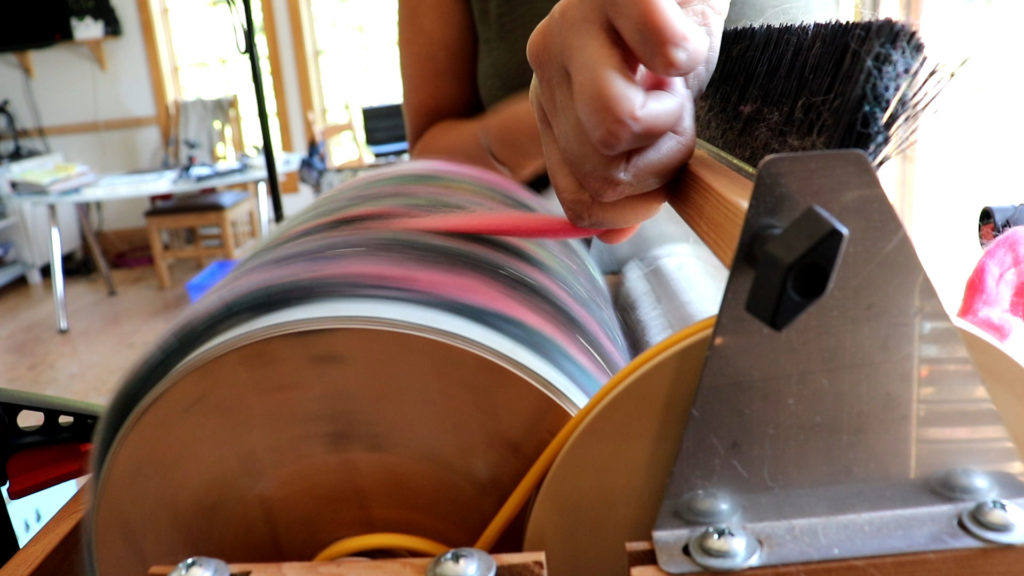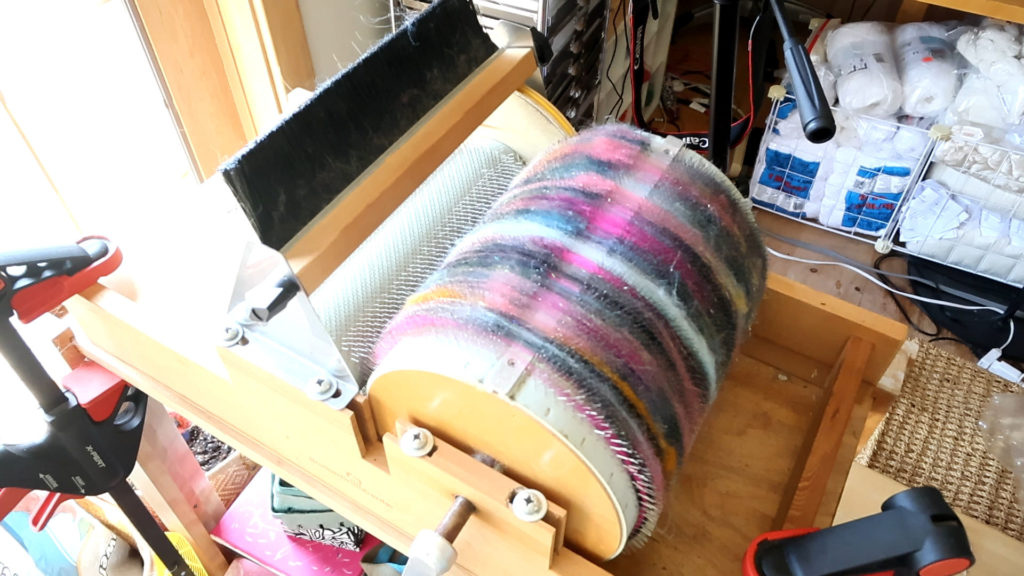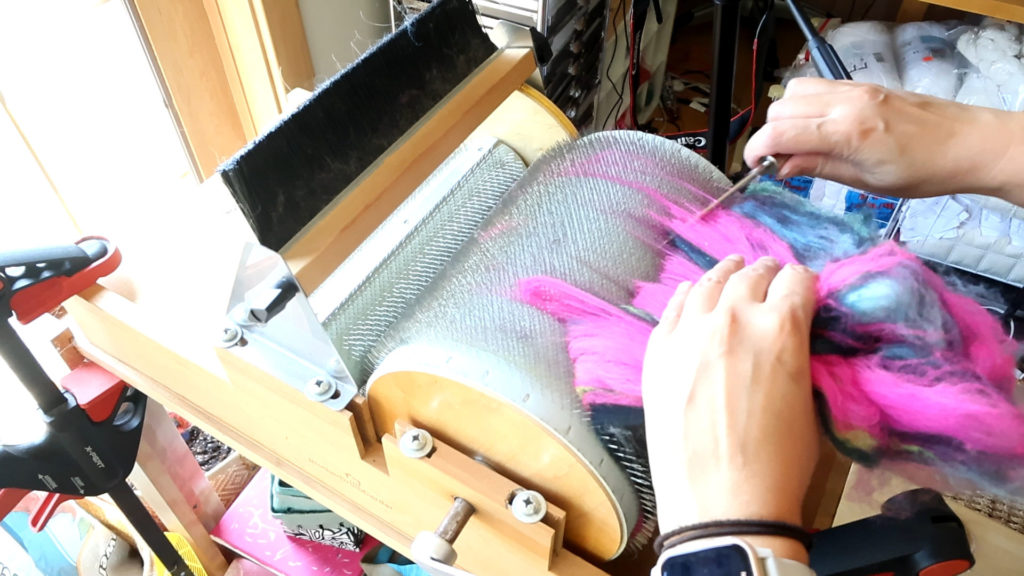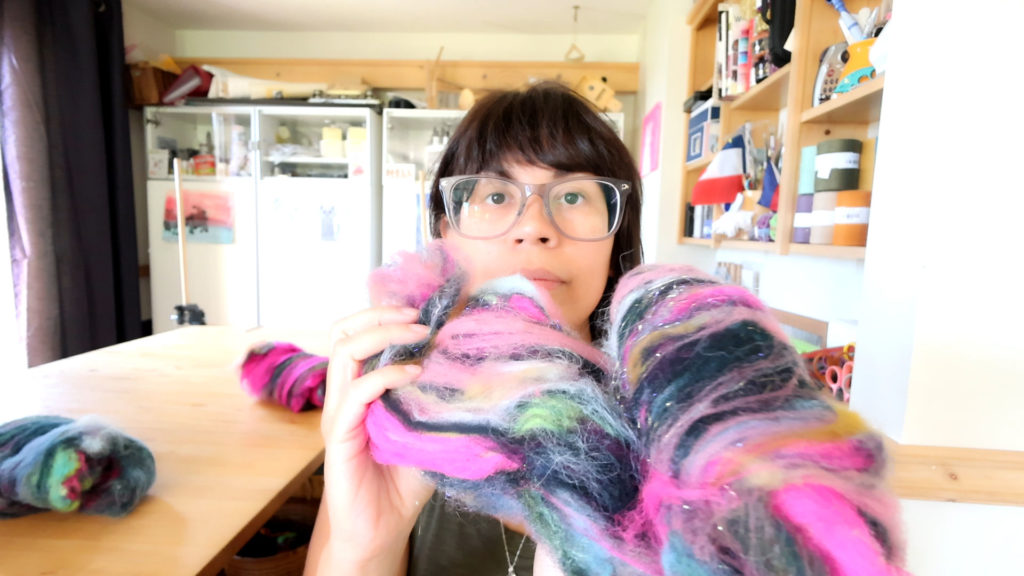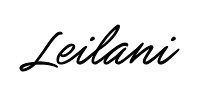I’ve owned my Brother Drum Carder for ten, if not 12 years. At the time, it was considered the most affordable drum carder on the market. Although they are still in the cheaper category drum carder wise, the price has increased significantly (what hasn’t?!), which makes me wonder who is affording a drum carder these days!
That said, I wanted to create a video showing how I make textured batts on my drum carder, which I feel very privileged to own these days, given the current economic climate.
Batts vs. Rovings
This post is a companion post to textured blending with a hackle, which is a more cost effective way to texture blend fiber for spinning. I really enjoy my hackle and use it more than my drum carder, though I must say, I do like having the option of using either.
By the way, although this post showcases making batts, you can also use a diz to pull rovings off the drum carder just like with a hackle.
The Wrong Carding Cloth
When I decided to get a drum carder, I really didn’t have that much experience with one, well, I had none really. Just what I saw at wool shows and online as other people demo’d them. It just made common sense to me to have one since I was doing my own fiber processing. I really didn’t understand the different carding cloths and what would suit my needs. So I went with a medium carding cloth, because it’s right in the middle. So that should be precisely what I need, right?
For blending traditional style batts, either out of top or raw (scoured) fiber, the medium cloth is perfect. What I wasn’t expecting was that the batts I preferred to spin were chunky and textured. I should have known, since I was always drawn to the bulky, funky, textured art yarns. You would think I would have realized that I would need a course carding cloth. But noooo…
Stuck with a medium carding cloth but the desire for chunky batts, what should I do? The easiest and most obvious solution is to buy another carding cloth. But truthfully, by that time I had purchased quite a bit of fiber tools, including another spinning wheel (of which I have four now…two were used, okay? 😉 ). I didn’t want to spend any more money.
An Unexpected Solution
One day, I was blending some silk and became frustrated with how the carder was up-taking the fiber. Too much was going on to the licker-in (the smaller drum). I wasn’t happy with cleaning the licker-in with perfectly fine-to-use silk fiber, and feeding it through again and again. I also couldn’t get the silk divided and fed through so it would blend evenly.
So I got the idea to feed the silk directly onto the main drum while I cranked the handle slowly. And lo’ and behold, this worked wonderfully! I could place the silk wherever I wanted, and it blended just to my liking. I got to thinking: could I make chunky, textured batts this way?
And so this is how this technique was born: a way to achieve a textured chunky batt without a coarse carding cloth.
Watch the Video Demonstrating the Technique
To demonstrate how I make textured chunky batts I set out to blend random bits of fiber left over in the studio.As the fiber chosen is all very random, the batt colors are…interesting to say the least.
The subsequent batts are a blend of many colors of hand-dyed merino roving, angora rabbit fiber, silk and Angelina fibers.
Should you purchase a Drum Carder?
Do you need a drum carder? I’m still an advocate for a hackle over a drum carder, particularly in terms of affordability for blending fiber. However, if you ever get your hands on one or have the opportunity to use one at your local guild, keep this method in mind if you want to create a textured batt. Just be sure to go slowly and not force the fiber on, as you might bend the teeth; however, all drum carder teeth will wear out eventually.
If you’ve ever tried this technique or a similar one, please drop me a line here or on YouTube and share your thoughts. I’m sure I’m not the only person who’s thought of loading fiber on the drum directly. 🙂

